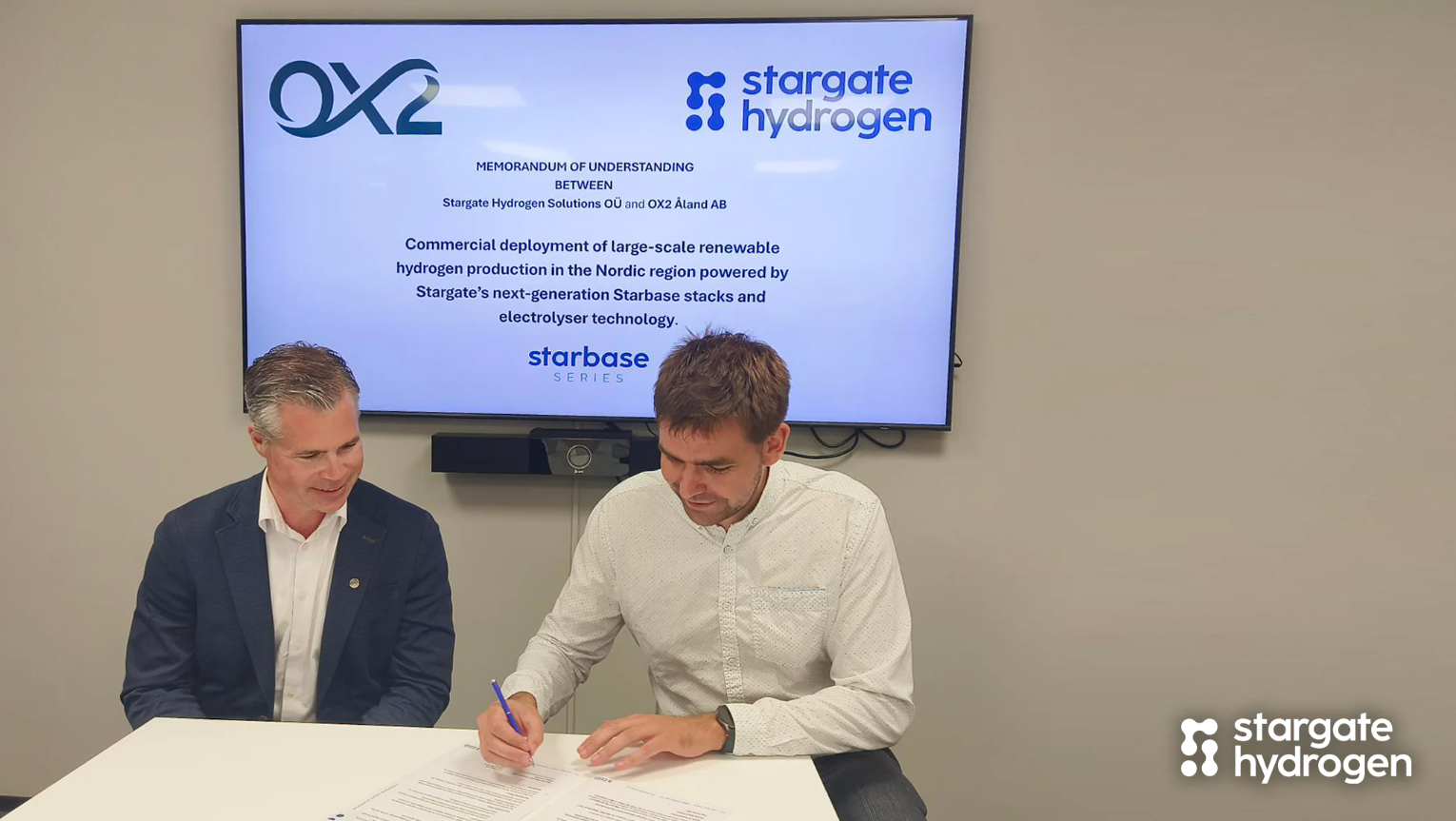Copyright SiliconANGLE News

Enterprise technology has reached a new inflection point, where limitless possibility meets the hard edge of security. As organizations pursue secure AI integration across complex production systems, they’re discovering that capability and control must evolve together or risk collapsing under their own complexity. That tension shaped the conversation at this year’s SHI Fall Summit, where technology leaders explored how intelligent systems can act autonomously while preserving trust, privacy and human oversight. “AI opens up all of these new things that were only theoretical, which now can actually be concrete implemented in the enterprise,” said Luke Norris, co-founder and chief executive officer of Kamiwaza Corp., during the event. “Once again, security’s at the forefront of thinking through all of that.” Norris, along with executives from SHI International Corp., Kamiwaza, ProHawk Technology Group, Medical Informatics Corp. and Aible Inc., spoke with Paul Gillin at the SHI Fall Summit, during an exclusive broadcast on theCUBE, SiliconANGLE Media’s livestreaming studio. Discussions centered on the evolving architecture of secure, agentic artificial intelligence — from accessibility compliance and governance frameworks to the next frontier of automation that acts with accountability. (* Disclosure below.) Here’s theCUBE’s complete video interview with Luke Norris: Here are three insights you might have missed from theCUBE’s coverage of the SHI Fall Summit: Insight #1: Secure AI integration is moving from visibility to viability, delivering real-world impact that saves time, money and lives. Enterprise innovators are showing how secure AI integration is no longer a theoretical goal, but a practical tool for safety, precision and resilience. In keeping with this shift, ProHawk’s edge-based computer-vision platform restores degraded or obscured data — from radar and LiDAR to optical sensors — in real time, producing actionable clarity without the cloud. By processing 33 million pixels per second, it brings “AI for good” into environments where every detail matters, according to Brent Willis (pictured), co-founder and chief operating officer of ProHawk. “We are the only real-time pixel-by-pixel computer vision technology or computer vision management system in the world,” Willis told theCUBE. “What that translates to in real language is we take the risks and obscurity of night and we convert them to the visibility and safety of day to help save lives and to make critical decisions at the critical point in time.” Medical Informatics’ Sickbay platform aggregates physiologic data from bedside monitors and devices, delivering real-time insight across on-prem, hybrid and cloud systems. That unified stream helps hospitals respond faster and fuels research that depends on reliable, granular data, according to Raajen Patel, executive vice president of innovation, Sickbay, at Medical Informatics. “This sub-second granularity of understanding of the patient’s physiology leads to greater and greater insight,” Patel said during the event. “The wide-scale, sort of at-scale collection and access and frictionless delivery of this data enables [researchers] to get the subset of data that they want, run the analytics that they’re interested in and find interesting things about their patient population.” While Medical Informatics focuses on clarity in patient care, Kamiwaza brings that same pursuit to access control — ensuring that AI agents operate within human-defined boundaries. As agentic systems enter sensitive government domains, security becomes a parallel theme. Kamiwaza’s relationship-based authentication ensures each agent accesses only the data its human counterpart could reach, a framework designed for agencies working under the Americans with Disabilities Act. That approach shows how secure AI integration depends as much on trust and control as on capability, according to Norris. “Now you have this limitless intelligence that now knows about all your data,” Norris told theCUBE. “You can have two uncorrelated copies of data with two totally different sorts of representations. If an AI can correlate a larger meaning between those two datas, it actually raises a security threat. AI opens up all of these new things that were only theoretical.” Here’s theCUBE’s complete video interview with Brent Willis: Insight #2: .Trust-first frameworks are shaping the infrastructure and governance needed to scale enterprise AI. SHI is helping government agencies confront one of the toughest challenges of secure AI integration: meeting accessibility mandates at scale. Working with Kamiwaza, the company automates Section 508 compliance tasks such as alt text creation and color-contrast correction, reducing the time and cost of updating millions of pages, according to Denise Collison, senior VP of public sector sales at SHI. Secure AI integration at scale requires meeting accessibility mandates without compromising speed or cost. “Depending on the size of the agency, there can be millions of pages,” Collison said during the event. “The issue can be very cost-prohibitive, time-prohibitive to go back and actually get every single page up to compliance standards. Staying compliant is also an issue because anytime any changes to those pages are made, the agency then has to go and make sure those changes are also compliant.” For the private sector, SHI applies the same trust-first logic to enterprise adoption. Its “Imagine, Experiment, Adopt” framework helps customers move from early experimentation to measurable outcomes through strong partnerships and human-centered design, according to Tyler Webb, director of AI sales at SHI. “It comes down to our partnerships,” Webb told theCUBE. “We have amazing partnerships with players like HPE that we are developing some cutting-edge solutions … and, of course, our partnership with Nvidia and the resources that we’ve brought to the table there. In addition, it’s our people, our expertise and … over 120 AI and machine learning experts at our disposal that can help our customers really accelerate that time to value.” As SHI builds infrastructure for trust, Aible reinforces it with governance models that keep AI grounded in fact. Its deterministic approach to secure AI integration ensures decision-making remains transparent and backed by verified data. Operating inside each customer’s own environment, these models uphold privacy and accountability, according to Vijay Anand, chief marketing officer of Aible. “There isn’t a question about hallucination because everything is factual or deterministic in nature,” he said during the event. “With Aible, we use something called blue is true. Anything that’s highlighted blue, you can be very confident that it is factually verified responses. And something that’s not highlighted blue, you’ll know that there isn’t a backbone that has been verified.” Here’s theCUBE’s complete video with Denise Collison: Insight #3: Agentic systems are redefining automation through accountability, orchestration and contextual intelligence. Kamiwaza is proving that the path to agentic AI doesn’t have to be abstract or overwhelming. Its accessibility solution, called ARIA, combines three coordinated models — a computer-use agent, a large language model and a visual model — to identify autonomously and remediate compliance issues on government websites. That orchestration demonstrates how intelligent systems can act independently while maintaining precision and measurable return on investment, according to Norris. “You have to orchestrate those three things together to get a full understanding of what’s being represented on that particular webpage,” he told theCUBE. “The agent then seizes that compliance … then it actually goes through and remediates that. It applies the metadata structure to individual images. It actually changes the HTML to represent what’s in the graphs.” That orchestration of models finds a parallel in Aible’s approach, which brings agentic AI into the private sector via systems that deliver deterministic results and adapt to each enterprise’s unique language and logic. By empowering models to ask their own questions and reason through data inside the customer’s environment, Aible defines what it means to build AI that acts with accountability and trust, according to Anand. “With AI in the mix, you are analyzing millions of patterns … by allowing AI to ask the relevant questions on your behalf,” Anand said during the event. “You’re not even coming with that bias. You’re letting AI do the role of asking the relevant questions, understanding what’s actually impacting your business.” Here’s theCUBE’s complete video interview with Vijay Anand: To watch more of theCUBE’s coverage of the SHI Fall Summit, here’s our complete video playlist: (* Disclosure: TheCUBE is a paid media partner for the SHI Fall Summit. Neither Hewlett Packard Enterprise, the sponsor of theCUBE’s event coverage, nor other sponsors have editorial control over content on theCUBE or SiliconANGLE.) Photo: SiliconANGLE



